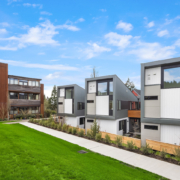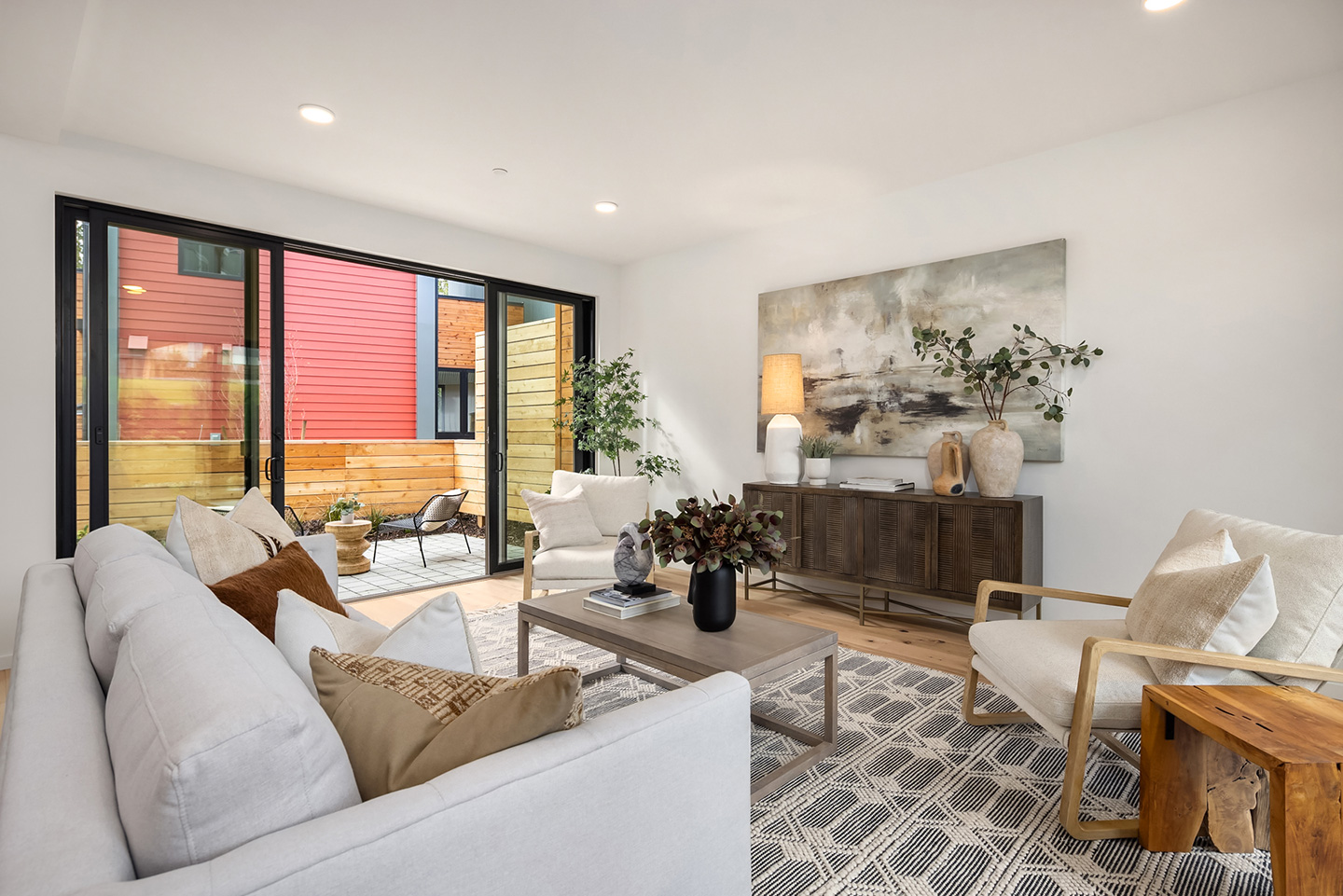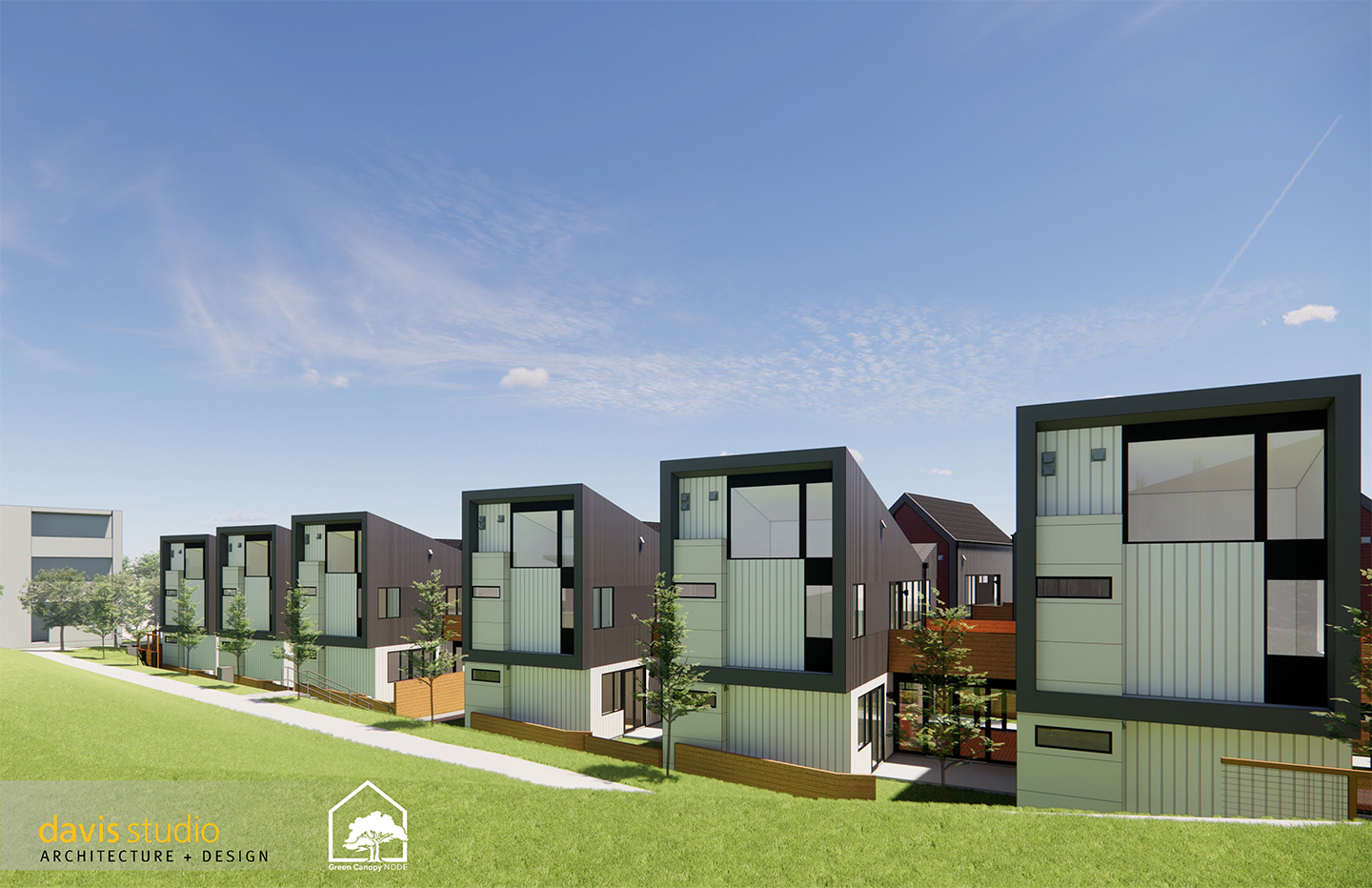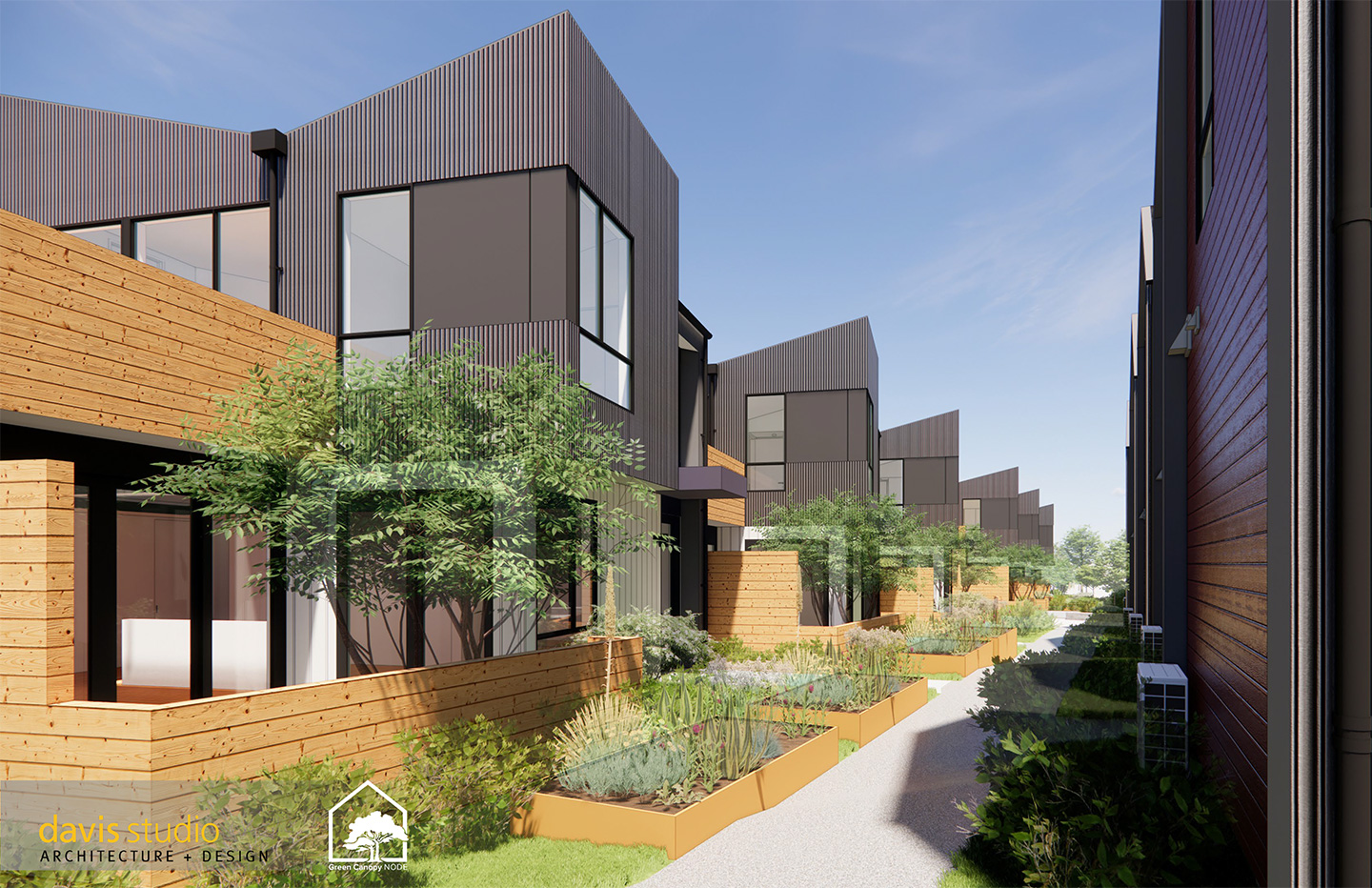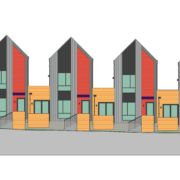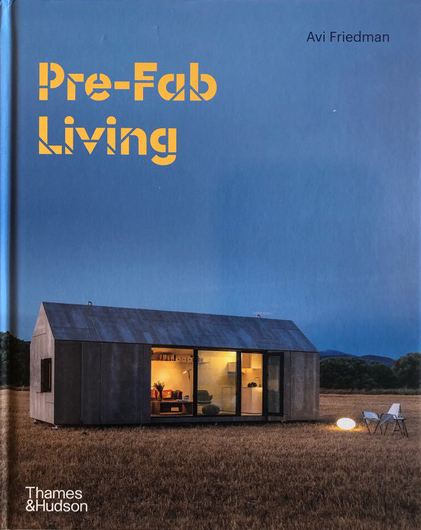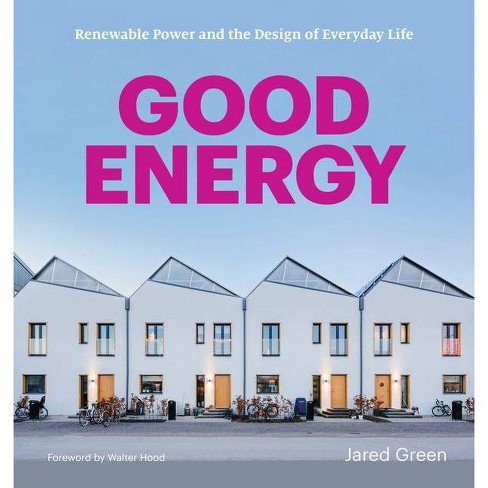The Grand Finale of Grow Community Now Selling
After over a decade of visionary development, we’re thrilled to announce the grand finale of Grow Community—the highly anticipated arrival of The Trillium homes. Representing the culmination of fifteen+ remarkable years, The 14 Trillium homes stand as the crowning achievement in sustainable luxury within our internationally acclaimed neighborhood.
Set against the vibrant backdrop of downtown Winslow, the first two Trillium homes are now available for sale. With an impressive 76 Walk Score, these homes invite you to experience the convenience of downtown living, with eateries, shops, galleries, parks, schools, daycares, and the Seattle ferry just steps away.
Designed by local architect Jonathan Davis and built by Green Canopy NODE, these homes seamlessly blend luxury with sustainability, boasting 5-Star Built Green certification, solar panels for Net Zero energy, and EV-ready parking.
The remaining twelve homes in The Trillium neighborhood are nearing completion, and we encourage you to contact our listing agents, Anne or Dana, for additional project availability. Explore the available homes here.
Join us in celebrating the final chapter of this extraordinary journey!

